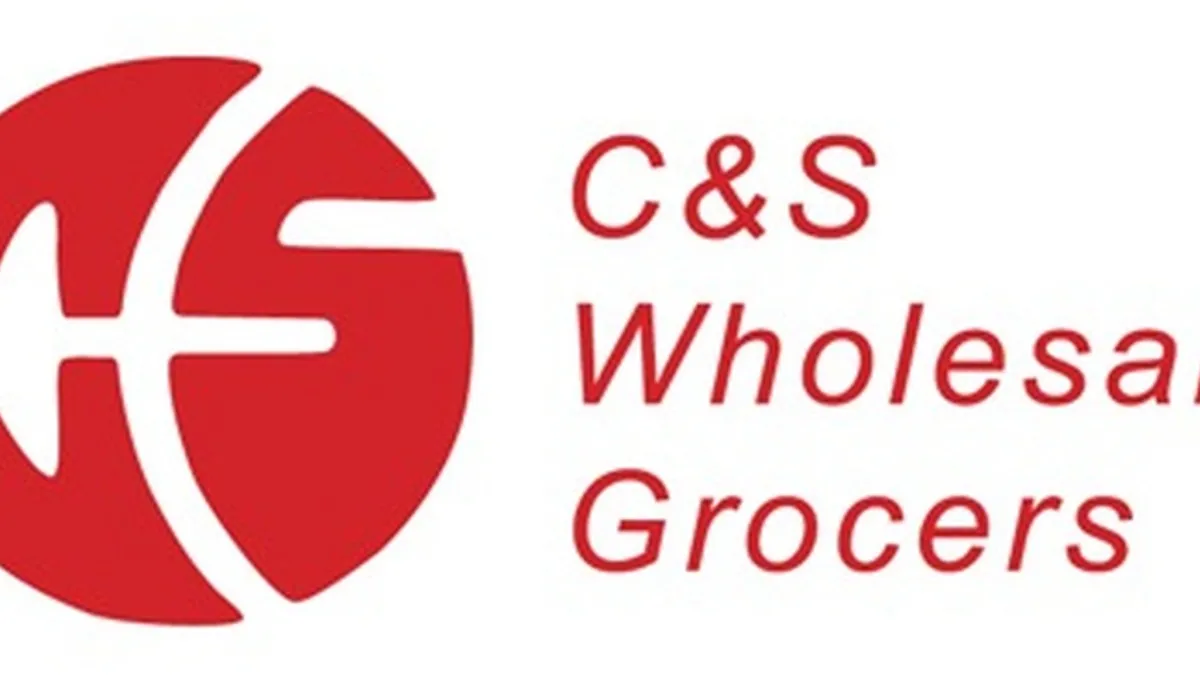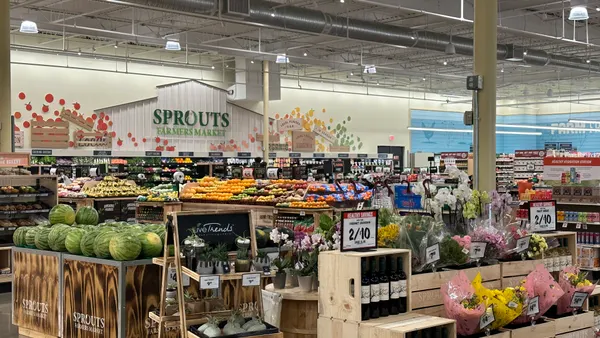Dive Brief:
- A recent analysis by Rabobank forecasts uncertainty for global food prices in 2019 because of ongoing trade wars, livestock diseases and extreme weather.
- The Dutch multinational banking and financial services company forecasts production costs will rise and U.S. soybean farmers will have a tough year ahead unless tariffs with China are resolved. U.S. exports are also expected to continue to suffer from a lack of competitiveness overseas, further pressuring farmers' profitability.
- "The agri commodity price environment may be relatively stable currently, but it’s difficult to remember a time there were so many threats to food commodity prices on so many fronts, from trade wars to currency movements to weather threats and livestock disease," Stefan Vogel, head of Rabobank's agricultural commodity markets research team and co-author of the report, said in a statement.
Dive Insight:
Rabobank analyzed prospects for more than 15 agricultural commodities, as well as meat and seafood, yet what will happen next year to commodity prices, stock prices and the situation for investors, manufacturers, suppliers and grocery retailers remains educated guesswork. Some factors are better known — such as trends in the value of the dollar, which is currently at an 18-month high — but others, such as the wider geopolitical forces at work, are moving targets.
Unless some changes take place — such as a Trump administration truce in the trade wars with China and/or quick ratification and congressional approval of the proposed new trade pact between the U.S., Canada and Mexico — uncertainty is likely to underscore the economic environment next year. And if there's one thing the food industry won't avidly embrace, it's more unpredictability.
Ups and downs in the overall market can create doubt about whether it's a good time to invest, and may convince manufacturers, suppliers and retailers not to go out on a limb with new products or take a chance on offering them in stores. And consumers used to paying relatively low food prices can't be expected to welcome the idea of paying more for the same items, particularly when they have the option of switching to a competing brand.
Several major food companies, such as Mondelez, Hershey, Nestlé, Unilever and Coca-Cola, have announced plans to increase prices next year to offset rising ingredient, shipping and freight costs. Improvements in the U.S. economy and consumer spending have helped to bring some grocers around on the higher costs, but consumers might not be as accepting.
At the same time, investors might be willing to accept lower returns in order to keep consumer prices relatively stable and help support more confidence in the market. Producers and retailers may not have that luxury since some will need to hike prices in order to cover continual increases in ingredient and shipping costs.
Margins are already tight in the grocery industry, and increasing competition has fueled price wars that are pressuring those margins even more. Having to run more in-store sales and promotions, as well as invest in additional marketing outreach, adds on to retailers' operating costs and can chip away at the fragile bottom line.
There could also be supply issues for certain items, if the Rabobank analysis is correct. The pork and poultry industries could especially be affected, the group's report said, with African swine fever and avian influenza, respectively, poised to have a negative impact on consumer perception and demand.
"With the severity of disease outbreaks showing no signs of being curbed, especially in pork and poultry, biosecurity will become a higher business priority for livestock producers in the year ahead," Justin Sherrard, Rabobank's global strategist for animal protein, said in a statement.
"Food producers face a melting pot of risks," he continued. "Although it’s possible that not all of them will come to pass, they need to be prepared for a difficult and worrying year in 2019."














